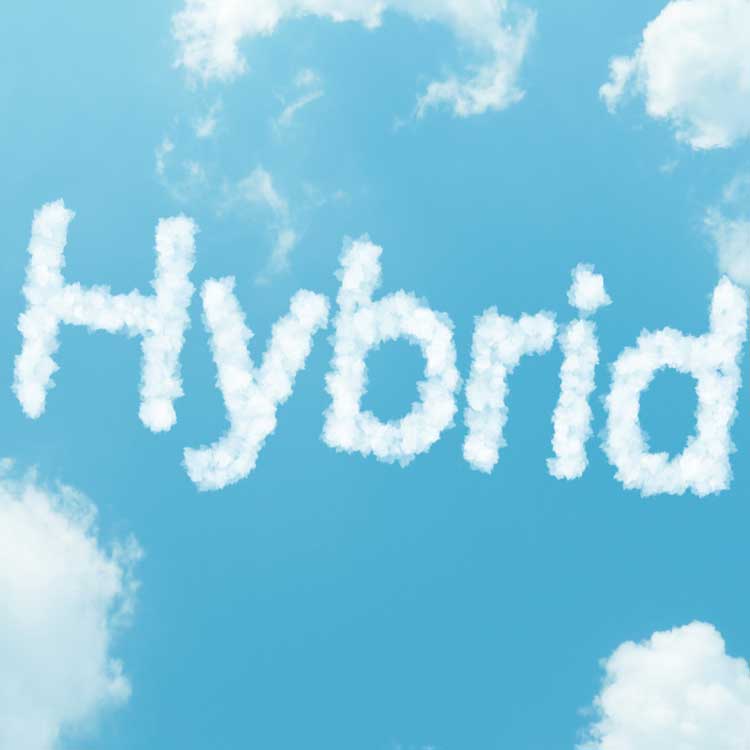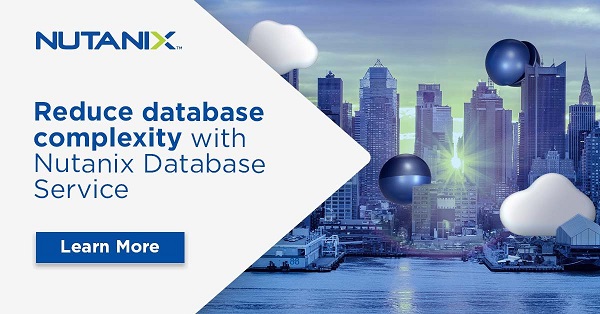How Automation Drives the Evolution of Databases
Database titans like Oracle will keep building proprietary databases for enterprises. Open-source databases will keep growing in use. And all these will have to be designed, secured, backed up and fine-tuned for peak performance.
These responsibilities pose mountains of difficulty when databases number in the thousands. Hence, many organizations turn to database automation, using computer science to replace manual tasks like software patching and operating system upgrades.
Ternström said automation frees up database administrators to focus on high-level business challenges and avoid getting bogged down in repetitive tasks. Automation also can be a lifesaver for things like backup and disaster recovery.
Those are the upsides. But Ternström and his fellow DB aces have a lot to figure out. Every DB automation must work across multiple DB engines, operating systems and IT infrastructures.
“Automation is not black or white,” he said, because of potential downstream effects that can break things later.
“You want to automate your least critical databases first,” he added. “And generally, the most critical databases would be the last that you automate.”
Some tasks, like figuring out how much data loss is tolerable in a real-time disaster, require a human to make the right call, Ternström said.
But overall, he recommends embracing automation where there’s the best balance of risk and reward.
Database as a Service: The Next Phase of DB Automation
Developers no longer need to master all the intricacies of databases, including backup, security, high availability, etc. They can automate those tasks by partnering with a database-as-a-service (DBaaS) provider whose APIs let them plug fully functioning DBs into their apps.
Developers and IT managers want DBaaS to work across multicloud environments. So Ternström explained the four primary DBaaS options for hybrid multicloud operators:
- Dedicated DBaaS providers are often single database engine solutions. If the IT team needs to support different engines, they now have to deal with different vendor APIs and consoles.
- Public cloud providers that include DBaaS in their technology platforms. These DBaaS are specific to the cloud provider, meaning you’ll need to use a different DBaaS for each public cloud. Nor do they work with databases running in on-premises datacenters.
- Small vendors that specialize in multicloud DBaaS. These services may limit their options to the public cloud, which rules out companies needing on-prem capability. Most only support open source databases, neglecting commercial databases, which still make up the bulk of deployments today.
- A full-featured hybrid multicloud DBaaS, which can manage all the major database engines across on-premises datacenters, colocation or edge locations, and each of the major public clouds from a central software platform.
The fourth option is the rarest.
“DBaaS is not where customers need it to be,” Ternström lamented because few software vendors provide true hybrid multicloud DBaaS.
Thriving with DBaaS Comes Down to Control
It turns out there’s a Catch-22 when it comes to managing databases. Admins can have control or automation, but not both, Ternström said.
By control, Ternström meant the ability to access and customize database servers, such as selecting the operating system and database version you want to use.
“With a traditional infrastructure-as-a-service or three-tier approach, you get tons of control,” he said. “You can install whatever you want. But, any automation you get, you have to build yourself.”
Most DBaaS, by contrast, deliver automation but restrict users' control, he said. IT teams can get stuck with the operating systems, database version and extensions that the DBaaS vendor chooses to support - or not.
“You don't have to worry about it,” he added. “But if you need any of those things I mentioned around control, you can't have it.”
This is where Ternström turns to Nutanix Database Service, which can manage the most popular database engines (Oracle Database, MySQL, SQL Server and MongoDB), in hybrid multicloud environments.
“Nutanix Database Service gives you full control with the highest level of automation across the most popular databases, wherever they are running.”
Ternström has carved out a niche in the rapidly evolving database ecosystem.
“I see things in terms of databases,” he said. “If I’m at the airport check-in and something goes wrong, my mind fixates on what could be going wrong with the airline database.”
From books to blogs to enterprise IT operations, he’s fascinated by the concept of organizing information and making it useful.
“There's a database for everything, cataloging absolutely everything,” Ternström said.
It’s proof enough that he’s on the right path, one that will help bring more order to a world that’s increasingly going digital.













